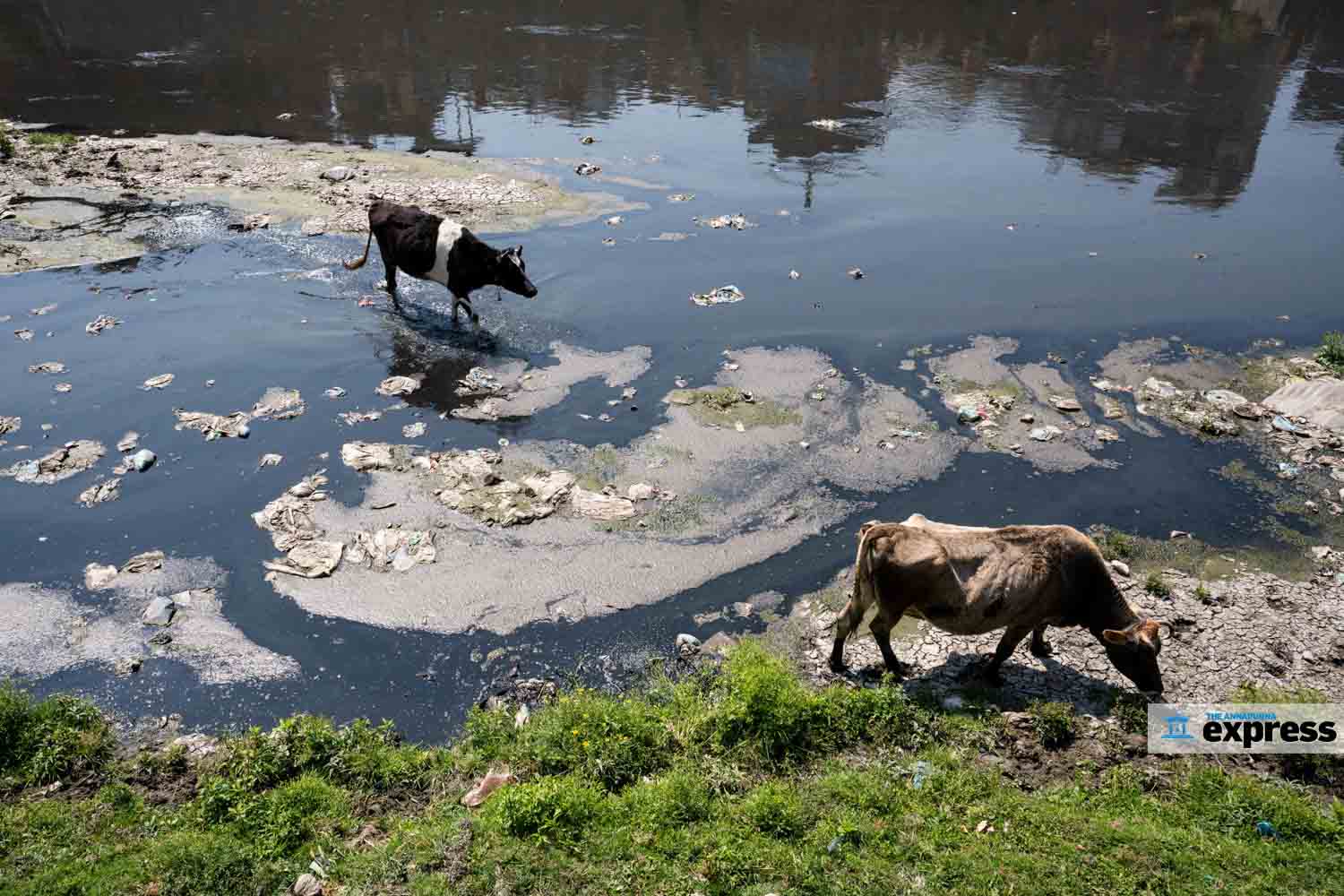The Bagmati Clean-up Mega Campaign, which was launched 12 years ago to restore the sanctity of the Bagmati River, has reached its 623rd week. Meanwhile, the government’s broader project to ensure a sewage-free Bagmati near the Pashupatinath area has completed 29 years.

Yet, despite an investment of over Rs 18bn, the river remains heavily polluted and the project goals are far from achieved. While volunteers continue to clean up the river every Saturday, sewage continues to flow directly into the Bagmati, and solid waste dumping along the riverbanks has not stopped. This contradiction underscores the limitations of existing efforts.

To preserve the civilization that once flourished along the Bagmati, the government first formed the Pashupati Area Environment Improvement and Monitoring Committee in 1994, later upgraded in 2007 to the High-Powered Bagmati Civilization Integrated Development Committee. In 2010, a Bagmati Action Plan was also introduced. The current clean-up drive began on 19 May 2013, with the ambitious goal of making the river suitable for ritual bathing once again.

The campaign, launched under the leadership of then-Chief Secretary Leela Mani Paudyal with the slogan “Two Hours for the Nation,” has seen the participation of over 1.5m volunteers and the removal of more than 20,000 tons of waste. But despite this massive civic effort, the river remains far from clean.

To prevent direct sewage discharge, a wastewater treatment plant was set up in Guheshwori with a total investment of Rs 2.55bn, including a loan of Rs 1.4bn from the Asian Development Bank. Its primary objective was to make the river near Pashupati suitable for ritual bathing.

However, the plant has failed to demonstrate significant results. Once a sacred and culturally rich river, the Bagmati has now deteriorated to the status of a dying river. It flows through the heart of the Kathmandu Valley and should be closely tied to people’s daily lives. Instead, its foul smell caused by pollution disrupts urban life.

Despite park development and tree plantation efforts along riverbanks in areas like Gokarna, Koteshwor, Shankhamul, and Teku, proper sewage management remains lacking. Unplanned urbanization, industrial discharge, and plastic waste continue to degrade the river’s existence day by day. Efforts by both governmental and non-governmental bodies have so far failed to produce meaningful change.

Experts say that effective collaboration between individuals, local governments, provincial authorities, and the federal government is crucial. To revive the Bagmati, the dumping of waste must be strictly prohibited, water flow needs to be increased, and a systematic sewage management system must be implemented. Only then can this river, which flows through the capital, become a center of environmental and touristic attraction.
















